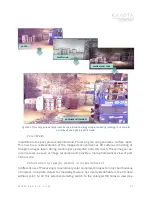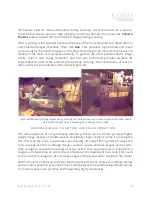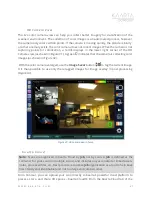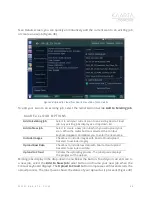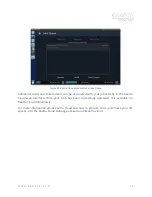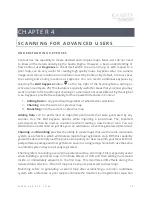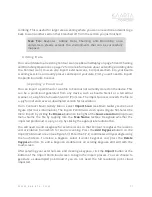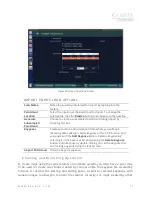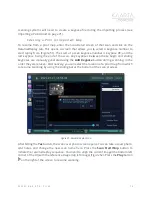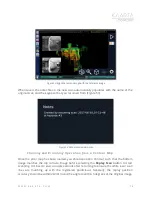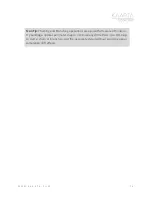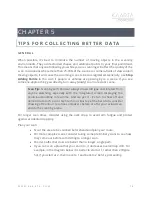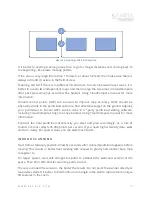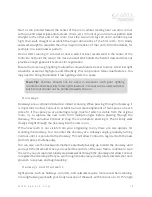
W W W . K A A R T A . C O M
7 9
toward the opposite wall. Walk slowly and smoothly. Decreasing the resolution of the scan
(to medium or low) can produce better results.
When navigating around corners in the hallway, it is best to take the widest path. Gradually
move toward the opposite wall or the outside of the bend when approaching the corner.
When scanning stairwells, tilt Contour parallel with the pitch of the staircase. When
ascending or descending the stairs, keep Contour tilted and at a 10-15° angle toward the
center of the stairwell.
L o o p C l o s u r e
Loop closure searches through a map and the trajectory taken while scanning and looks
for times when a location was revisited. When one is detected, the map from each of those
visits are matched to each other and the path and map in between is adjusted to correct
for any drift dimensionally.
Getting the best results out of loop closure requires the proper scanning technique. Some
tips for data collection include:
•
Use the
Add Keypose
button
to save a position and orientation in the same
physical spot twice during a scan. The loop closure processing looks for these
manually identified loop closures first. Do this in a location with good 3D features all
around (e.g., a larger room, not a hallway or closet). If the loop is a hallway, end
and/or add keyposes at corners, pointed where you can see two sections of hallway.
•
When revisiting a space, walk near where you walked before and point at the same
features so that both maps can be easily matched.
•
Include at least some overlap in the trajectory, instead of stopping as soon as you
get back to your starting point. Continue around the loop again for some overlap.
End at a feature-rich location.
•
If there is drift when you return, be careful not to have the Contour “jump” back and
forth between the old and new data, this can make it much harder to correct the
map afterwards.
•
After you complete a loop closure, new subsampled.ply and key_pose.txt files are
saved. These become the default for resuming from this scan. If you want to resume
from the original subsampled file, select it in the dropdown menu on the resume
screen.
Two examples of loop closures are shown below in Figure 55. Notice where adjustments in
the data were made to correct for drift, such as along hallways.

